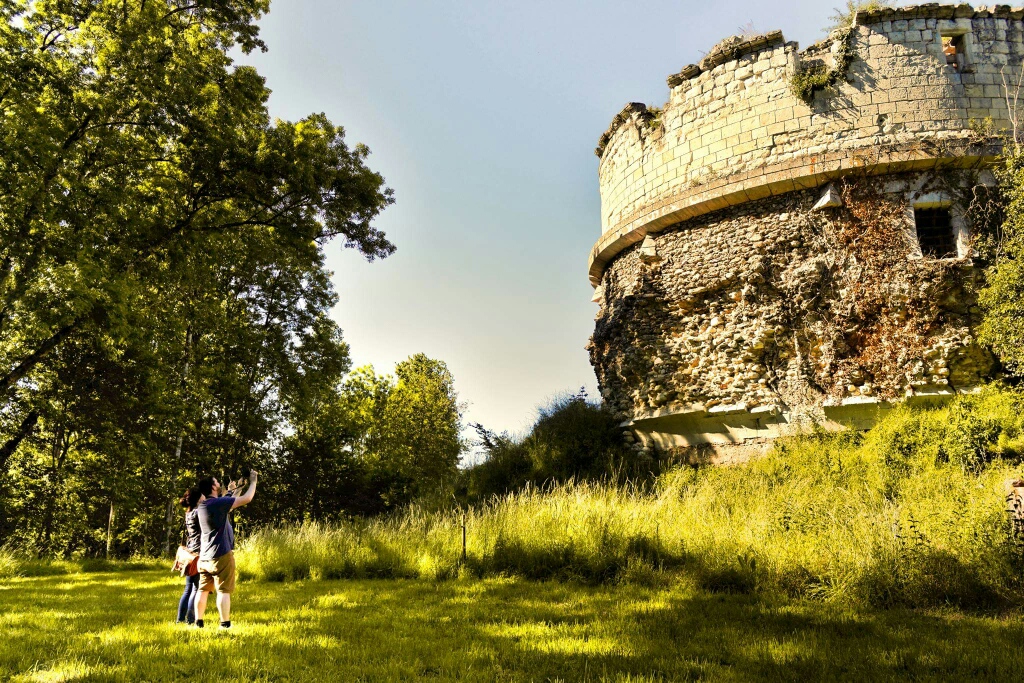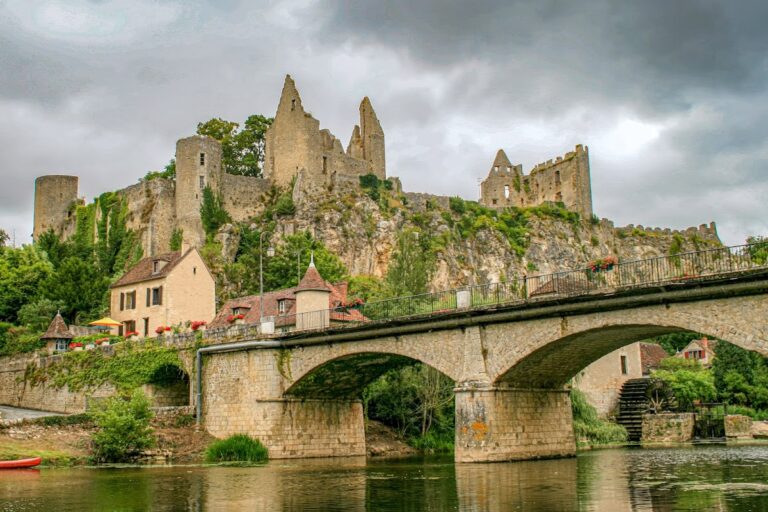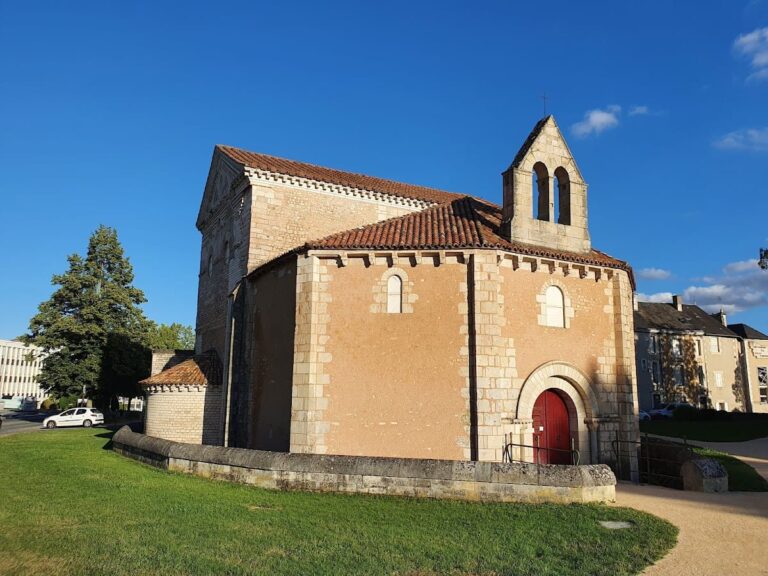Château de Monthoiron: A Historic Medieval Fortress in France
Visitor Information
Google Rating: 4.5
Popularity: Low
Google Maps: View on Google Maps
Official Website: www.chateau-monthoiron.com
Country: France
Civilization: Unclassified
Remains: Military
History
The Château de Monthoiron is located in the municipality of Monthoiron in modern-day France. The site has origins that trace back to the early medieval period, evidenced by the presence of an oppidum— a fortified settlement— established as early as the 11th century. This indicates that the location was strategically occupied or defended during that time, likely by local powers of the early Middle Ages.
Ownership of the château became associated with the Turpin de Crissé family, a noble lineage that held the estate until July 1, 1632. This connection situates the château within the social and political networks of late medieval and early modern France, suggesting its role as a noble residence and defensive stronghold during those centuries.
In 1857, a major fire devastated much of the château, dramatically altering its structure by obliterating most of the original buildings. Following this event, only two towers remained standing, marking a significant shift in the site’s physical and functional state.
In the late 20th century, these surviving towers gained official recognition for their historical and cultural value. The square tower was registered as a historic monument on December 31, 1993, and the fortress tower, also known as the Powder Tower or Architect’s Tower, received its classification on January 29, 1996. These distinctions highlight the importance of preserving the remaining elements of the château.
More recently, scholarly research has linked the architectural design of the fortress tower to Leonardo da Vinci. This attribution, supported by the international scientific community during a conference held in Romorantin in 2010, suggests that innovative design techniques or stylistic features present at the château may reflect da Vinci’s influence or direct involvement, adding a notable artistic and historical dimension to the site’s narrative.
Remains
The Château de Monthoiron currently preserves two primary architectural remnants from the original complex, both towers that survived the 1857 fire. These towers stand as the enduring markers of the château’s fortified layout.
The first is a square tower, which historically served as part of the château’s defensive structures. Its angular form and robust construction are typical of medieval fortifications, designed to provide both observation and protection. This tower has undergone preservation efforts and is recognized as a historic monument, allowing it to maintain its integrity and convey its original martial purpose.
The second surviving structure is a fortress tower known under two designations: the Powder Tower and the Architect’s Tower. Its distinctive architectural features have been linked to Leonardo da Vinci, reflecting innovative design approaches not commonly found in contemporaneous castles. This tower’s unusual design likely contributed to its symbolic naming and has drawn significant scholarly attention. Like the square tower, it benefits from protected status as a classified historic monument.
Together, these towers stand as isolated but evocative remains of the broader château complex, offering visual testimony of the site’s fortified nature and its evolution over centuries. Photographic documentation has captured their current state and spatial relationship, emphasizing their role as solitary sentinels of a once more extensive medieval estate.










